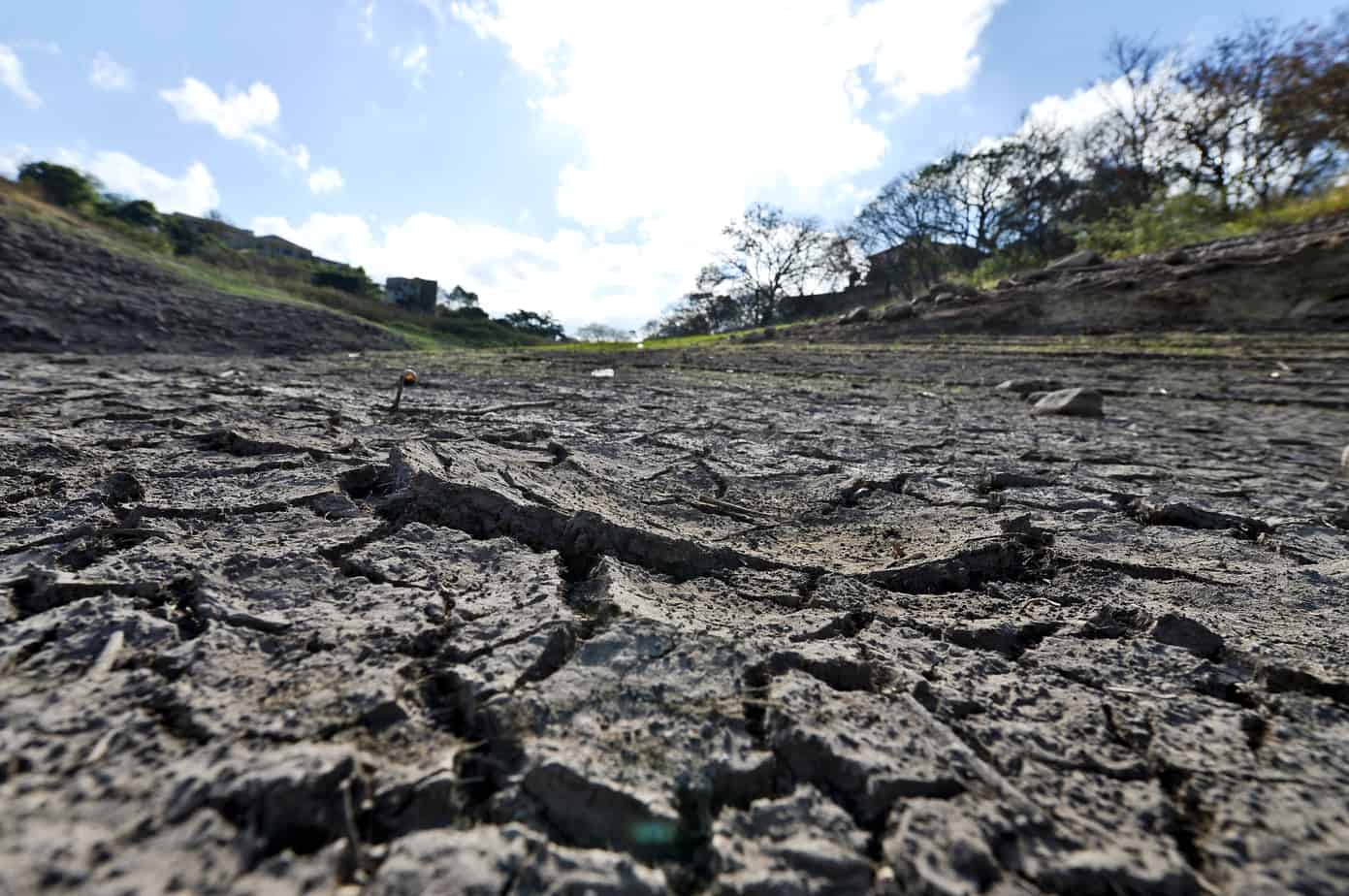The El Niño phenomenon will cause a rainfall deficit in Central America over the next three months, weather experts reported on Friday in San Salvador.
According to the members of the Central American Climate Forum (FCAC), the lack of rainfall is a result of El Niño gaining strength due to the “coupling between the ocean and the atmosphere”.
“Experts from all over the region agreed that, since February 2019, the El Niño phenomenon has fully developed and that there is a 75% probability that this condition will persist during May, June and July,” the FCAC said in a statement.
El Niño is a climatic phenomenon that increases the temperature of the Pacific Ocean, impacting global weather patterns.
Meteorologists and other Central American experts met in San Salvador to review current atmospheric and oceanic conditions and their implications on weather patterns with a focus on rainfall.
In the case of Belize, according to the report, the entire country will have a rainfall deficit, while in Guatemala three scenarios are expected: 45% of the country will experience normal rainfall, 25% above normal, and 30% below normal.
In the case of El Salvador, most of the territory (11 of its 14 departments) will have shortage of rains. Only in the departments of Santa Ana, Ahuachapán and Sonsonate, in the west of the country, will the situation be normal.
Honduras expects a normal rainfall season in 45% of the territory, with the rest impacted by a lack of rainfall.
Nicaragua and Panama both foresee rainfall on the lower end of normal amounts.
Costa Rica anticipates rains above normal in 45% of the country, 35% will have normal rainfall and 20% of the country will have a deficit.
As in recent years, the drought condition will be greater in the Central American dry corridor, which extends from the Pacific coast of Guatemala to the northwest of Costa Rica.
The experts also foresee that due to El Niño, the tropical cyclone season in the eastern Pacific will be more active than normal, while in the North Atlantic it will be less intense than in non-El Niño years.






